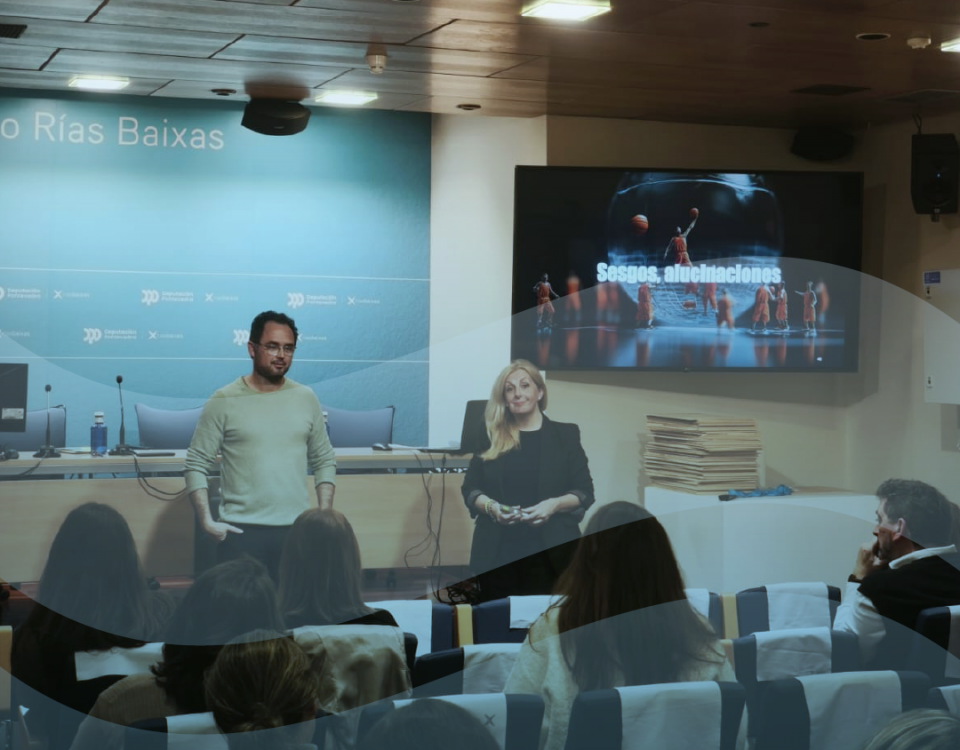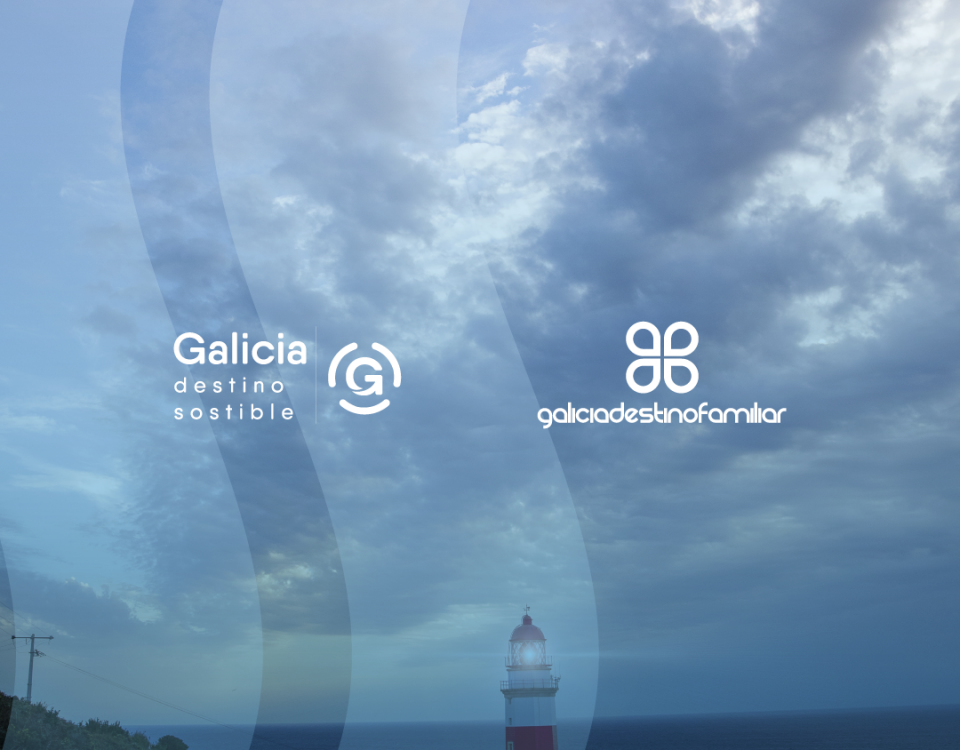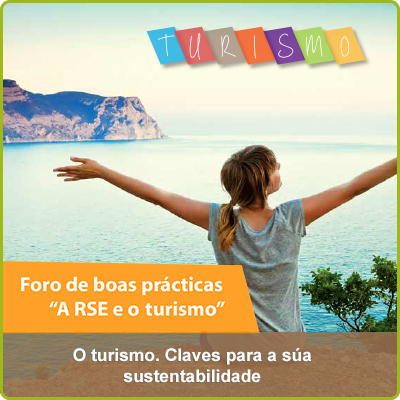- El mejor turismo de galicia
The IGE publishes a study on the impact of tourism in the Galician territory
The IGE publishes a study on the impact of tourism in the Galician territory
Four areas of the Galician territory Ría de Arousa, Terras de Santiago, A Coruña and Las Mariñas and the Ría de Vigo and Baixo Miño agglutinate 65% of the total tourist demand in Terriorio Gallego. These data are provided by the Galician Institute of Statistics (IGE), which has published a report which shows different indicators of tourist demand in Galician territory, based on data provided by the National Institute of Statistics (INE) and That allow him to know information with greater territorial disaggregation from the four monthly surveys that INE performs to know the hotel occupation, in campsites, tourist apartments and rural tourism accommodation.
With these data, the IGE elaborates a set of indicators whose purpose is to measure the impact of tourism in the Galician territory and that are offered for the whole of Galicia and an aggregation of municipalities in 18 major tourist destinations. In addition, a specific treatment of the Galician coast is made because it is a focus of special tourist attraction. Thus, and according to this report, the tourist demand is not distributed evenly throughout the Galician territory, but tends to concentrate around the four main centers of attraction: the town councils bordering the Ría de Arousa, Terras de Santiago, A Coruña And Las Mariñas and the Ría de Vigo and Bajo Miño. These four areas alone account for 65% of the nights registered in Galicia in 2016, while the following destinations in importance would be the Ría and Terras de Pontevedra (5.6% of the nights), Lugo and Terra Chá (5 , 6%), Ferrolterra area (4.1%) and Marina Lucense (3.8%),
The report also allows us to determine the impact of tourism on the territory. The average in Galicia of 1.01% means that, in that year, tourists accounted for the equivalent of 1.01 new inhabitants per 100 habitual residents, tourism pressure on residents in the Ría de Arousa stood In 2016 was the highest, with 2.80 potential new inhabitants per 100 habitual residents followed by Santiago and in the bordering municipalities, which was 1.90 tourists per 100 inhabitants. The other three destinations above the Galician average were Ancares-Courel (1.04%), Marina Lucense (1.44%) and Ribeira Sacra (1.43%).
Foreign tourism concentrated in areas of greater pressure
Regarding the origin of this tourism that arrives in our territory, the IGE states that 71% of the nights registered in 2016 corresponded to tourists from outside Galicia, who were distributed preferably in the destinations with greater pressure, where foreign tourism Far exceeds the Galician. Thus, in Santiago and in the bordering municipalities, the average percentage of Galician is exceeded by 18.7 points: here 89.7% of the nights corresponded to non-residents. In the Ancares-Courel, Lugo and Terra Chá, the Marina Lucense and in the Coruna and the Marinas also surpasses the average percentage of Galicia.
However, in destinations such as the municipalities of the Ría de Muros and Noia, the proportion between residents in Galicia and non-residents is much more evenly matched (49.5% correspond to travelers from outside Galicia) and in interior areas as In the area of Manzaneda-Trevinca, the percentage of Galician travelers far exceeds that of non-residents in the Autonomous Community. In this last destination 74.8% of the tourists live in Galicia.









